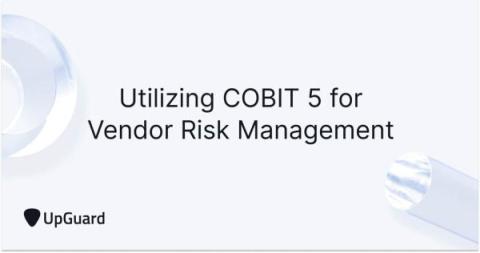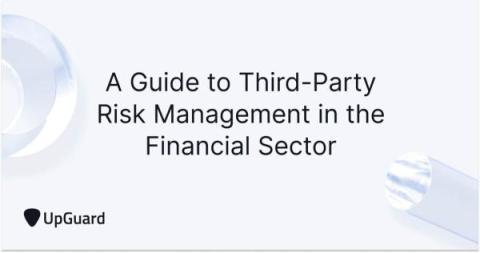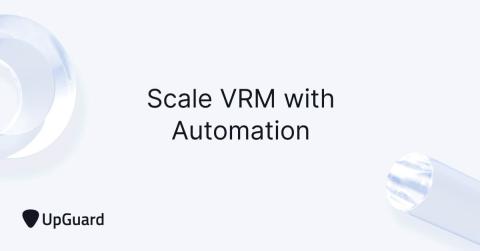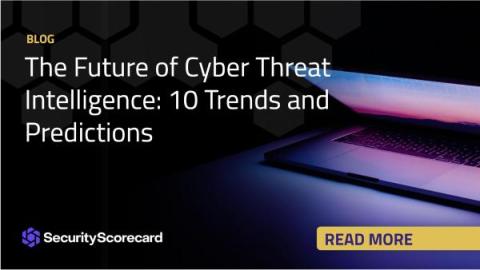Security | Threat Detection | Cyberattacks | DevSecOps | Compliance
Latest News
5 Strategies for Successful Workload and Data Migration to the Cloud
3 Biggest Mistakes to Avoid When Creating an Incident Management Program
How to Simplify PCI Compliance with SAQs
Utilizing COBIT 5 for Vendor Risk Management
What are ESG Frameworks? Corporate Sustainability & ESG Risks
Nearly Every CIO Identifies at Least One Cyber Threat as a Risk to their Business
When 97% of CIOs all see things the same way, it’s probably a sign to take the risk of cyber threats seriously – a problem new data shows is only going to get worse in the next five years. I cover a ton of reports from cybersecurity vendors on our blog, but when you see a network infrastructure vendor put out a report with intent on just covering the challenges organizations are facing and they have some interesting data on cybersecurity, it got my attention.
A Guide to Third-Party Risk Management in the Financial Sector
Scale Your Vendor Risk Management Program with Automation
The Future of Cyber Threat Intelligence: 10 Trends and Predictions
In the ever-evolving world of cybersecurity, staying ahead of threats is not just a matter of strategy but of survival. Cyber threat intelligence (CTI) has become an invaluable tool in this ongoing battle, helping organizations predict, prepare for, and respond to cyber threats more effectively. As we look to the future, several emerging trends and technological advancements are set to redefine the landscape of CTI.








